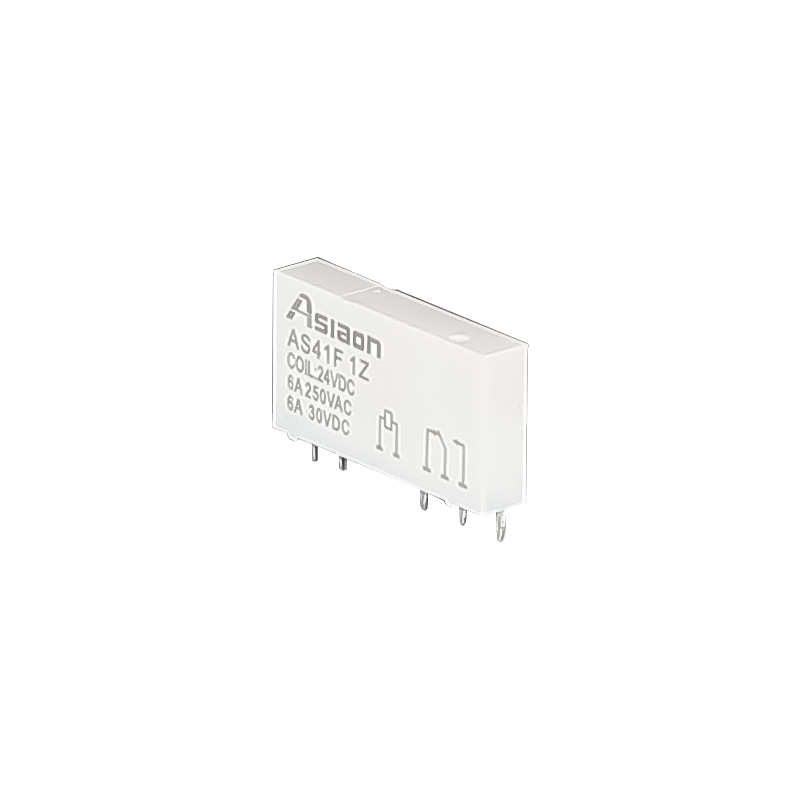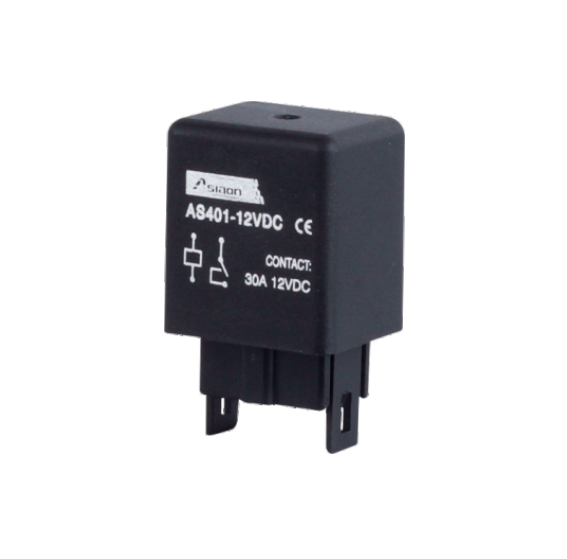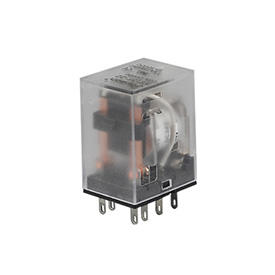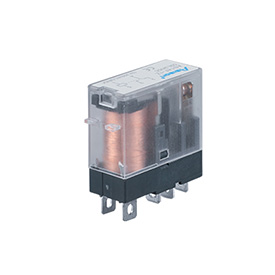What is a PCB Relay?
A PCB Relay is an electrical switch often used on circuit boards to help control or manage electrical current. The name PCB Relay comes from “Printed Circuit Board (PCB)” because they are designed to be mounted on a circuit board.
PCB Relay consists of an electromagnet and a movable metal arm. When an electromagnet is energized, it creates a magnetic field that causes the metal arm to move and open or close the circuit. PCB Relay is commonly used in applications that require high-speed switching and long life, such as automated machines, power systems, and automotive electronics, etc.
There are two main types of PCB Relay: single pole single throw (SPDT) and double pole double throw (DPDT). The SPDT PCB Relay has a movable arm that switches between two fixed contacts. The DPDT PCB Relay has two movable arms that can switch between two different circuits.
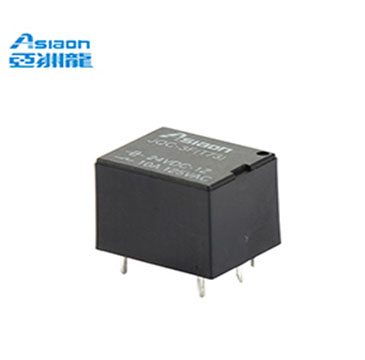
How PCB Relay Works?
PCB relay (Printed Circuit Board Relay) is an electromagnetic switching device that is commonly used in circuits for signal amplification, circuit isolation, circuit switching and other functions. It controls the state of the switch through changes in current or voltage.
The working principle of PCB relay is as follows:
1.Electromagnetic excitation
When sufficient current or voltage is applied to the control terminal of a relay, a magnetic field is produced. This magnetic field is generated by the coil at the control end.
2.Pull-in state
When electromagnetic excitation is applied to the coil of the relay, the magnetic field will attract one or more moving parts in the relay, bringing it into contact with the static parts (contacts), thereby closing the circuit.
3.Disconnected state
When the electromagnetic excitation is removed, the magnetic field disappears and the moving parts return to their original positions and separate from the static parts (contacts), thereby opening the circuit.
PCB relays usually contain the following main components:
1.Coil (electromagnetic excitation component)
A coil made of insulated wire that produces a magnetic field when the current flowing through the coil changes.
2.Moving part
usually a movable iron core that, when electromagnetically excited, is attracted by the magnetic field and comes into contact with the static part (contact).
3.Static part (contact)
Usually a pair of metal pieces that come into contact with the moving part when the moving part snaps together, thus forming a closed circuit. When the moving parts disconnect, they separate and the circuit is broken.
By controlling the change of current or voltage on the coil, the switching state of the PCB relay can be realized, thereby playing the roles of signal amplification, circuit isolation, circuit switching, etc. in the circuit.
 中文
中文 Русский
Русский Español
Español